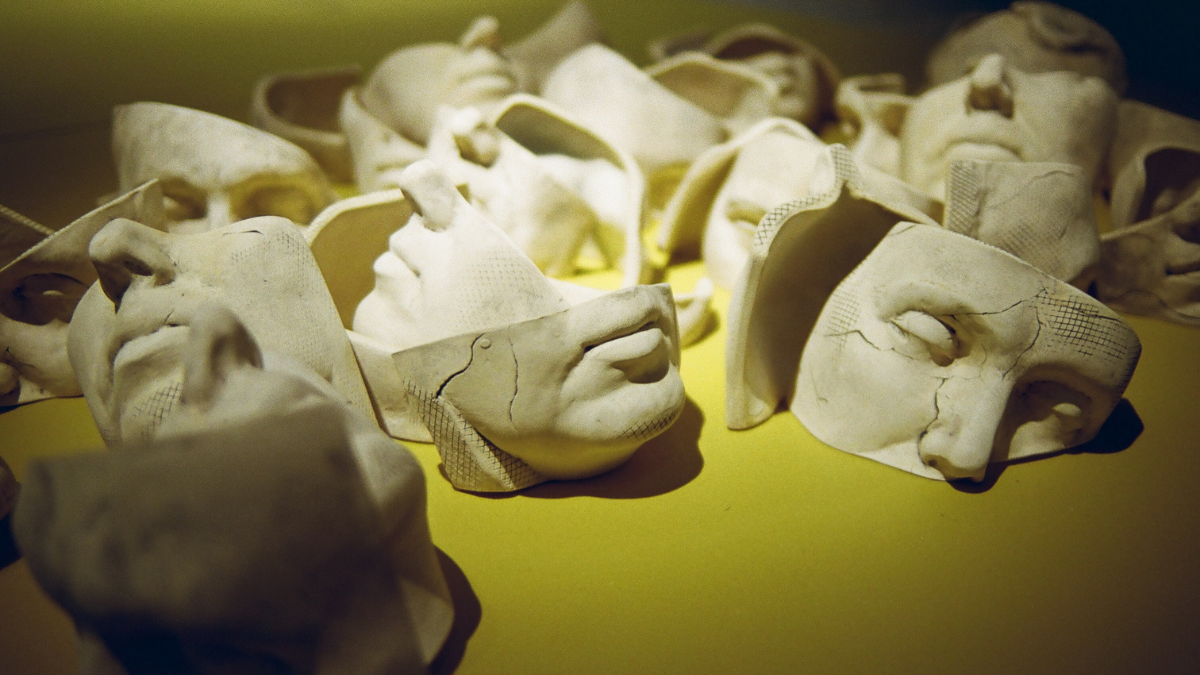In the bustling corridors of the digital age, where avatars, pseudonyms, and blockchain identities roam free, the age-old question arises anew: Who are we, really? I’ve seen the many masks we don in both our professional and personal lives. And while the trend of bringing our authentic selves to work once held the spotlight, the lines have blurred in intriguing ways.
The age of authenticity
A few years back, the corporate world was abuzz with the idea of ‘bringing your whole self to work’. The premise was simple: shed the formalities, pretences and corporate jargon. Be you. It was a refreshing take, especially for those tired of the monotony of boardroom meetings and PowerPoint presentations.
But as with all trends, there were nuances to consider. Being authentic doesn’t mean oversharing about your weekend escapades during a Monday morning meeting. Nor does it mean turning every professional interaction into a therapy session.
Authenticity, in its truest sense, is about being genuine in your intentions, actions, and interactions. It’s about aligning your professional persona with your personal values.
The utility of the mask
But let’s be real (pun intended): there are times when wearing a mask is not just useful, but necessary. Negotiating a tough deal? Perhaps the ‘tough negotiator’ mask is needed. Leading a team through a challenging project? The ‘inspirational leader’ mask might come in handy. Masks, in this context, are not about deception but adaptation. They’re tools in our interpersonal toolkit, helping us navigate complex social and professional terrains.
In the realm of web3, crypto, and blockchain, these masks take on a new dimension. Think of Satoshi Nakamoto, the pseudonymous creator of Bitcoin. The mask of anonymity allowed for the birth of revolutionary technology without the baggage of personal biases or preconceptions.
In the creator economy, where influencers and content creators often have to juggle multiple personas, the mask becomes both a shield and a stage prop.
The peril of too many faces
However, like all tools, masks come with a cautionary tale. Wear them too often, and you risk losing sight of the face beneath. In the digital age, where we’re constantly curating our online personas, be it on LinkedIn, Twitter, or the ‘metaverse’, the danger of fragmentation is real. Who are you when the screens go dark? Which persona is the ‘real’ you? The creator economy, while empowering, also brings with it the pressure to constantly ‘perform’.
Every tweet, post and digital interaction becomes a part of your brand. And in this relentless pursuit of relevance it’s easy to lose one’s self.
Striking a balance
So how does one navigate this intricate dance of masks and authenticity? The answer lies in self-awareness and intentionality. Know why you’re donning a particular mask. Is it to adapt, protect or to deceive? If it’s the latter, it’s time for some introspection.
In the world of web3 and blockchain, where trust is the cornerstone, authenticity gains even more prominence. Your digital identity, be it a crypto wallet or a blockchain-based resume, speaks volumes. But remember, it’s not about the bits and bytes, but the stories and experiences behind them.
Why it matters
In the grand theatre of life and work, masks are inevitable. But it’s essential to remember that they are but extensions of ourselves, not replacements. In the age of digital personas and blockchain identities, let’s strive to be genuine in our virtual interactions, just as we would in the real world.
Self-awareness, authenticity and, dare I say, a principle of kindness will keep us in check, and ensure we make a positive impact on those around us.
After all, in the wise words of Oscar Wilde, ‘Be yourself; everyone else is already taken.’ And in the world of web3, where every digital identity is unique, truer words have never been spoken.
Featured image: Rach Teo / Unsplash

